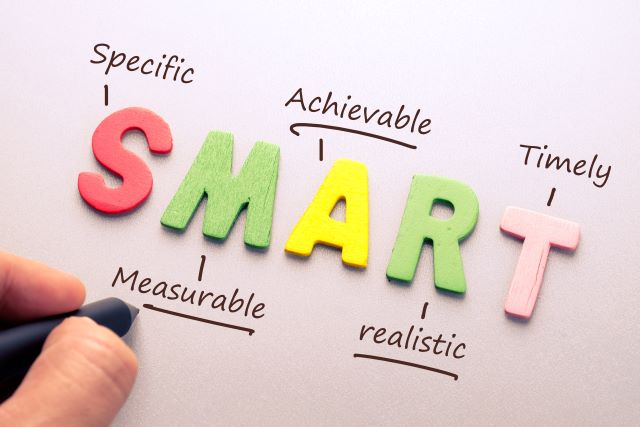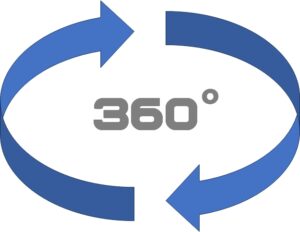Once you have done completed the feedback collection phase, following all the tips in our previous article (Top tips for employers running a successful 360 feedback exercise), and received the completed 360 feedback reports for your participants, what next? The next stage is just as important, if not more so, than the feedback planning and collection. It’s what you do with it that counts!
Here are our top tips on what to do with your 360 feedback reports to get the most out of the exercise. The most crucial thing to do is NOT stop after feedback collection. Don’t just give the reports to the participants and leave it at that. If you do, all the good work collecting feedback will be lost.

Arrange sessions with each participant to go through their 360 feedback reports on a one to one basis. These should be conducted by their manager, coach or a training and development manager. The manager should read the report in advance and look for themes, picking out the key points to discuss with the participant.
The participant should also receive the report in advance of the session, so they have time to read it and prepare. Make sure the feedback session is booked in the diary before giving the report to the participant. There should not be too much time between the participant getting their report and the feedback session; a couple of days at most. The feedback session should pull out the good points and development points. Don’t let the participant have too long to brood over any negative feedback and help to balance the good with the bad, while identifying the key development points.
In order to make all you have done worthwhile, make sure you action the feedback given. This should be an output from the feedback session. Each participant, with the support of their manager, should create a development plan with SMART objectives. This will draw on the participant’s strengths and address their development points. Discussion with their line manager will help to focus the objectives and solutions on what is important to both the individual and the organisation.
Creating an action plan is still not the end of the story. Reviewing the action plan on a regular basis is vital. This review will check on the participants progress and address any challenges that have arisen while trying to achieve their objectives.

Each individual participant receives their individual feedback report, but anonymised overall results can be shared with the whole feedback group or organisation. The highest overall scores will highlight areas where skills and strengths lie within a team, department or company, whereas lower overall scores will show where participants can support each other in trying to improve as a team.
This sharing of the results demonstrates that the organisation buys into the feedback process and is hearing the feedback given. It spreads the message that the company cares about its staff and their opinions, which will increase employee engagement.
The company should actively look for overall themes across the 360 feedback exercise. It may highlight problems, for example, if several participants or their colleagues mention poorly performing systems, outdated equipment or onerous processes in the feedback, a company or department-wide review of these may be required. If the reports suggest that there could be improvements in customer service, or supplier processes, it may indicate the need to gather feedback from customers or suppliers and gather their views.
Action on a company level shows that the company is listening to employees and values them, and that the 360 feedback is not just a tick box exercise.
A repeat 360 feedback is a great way to measure outcomes, demonstrate progress, and pave the way for further improvements. Set the interval after which you will repeat the 360 feedback. This can be built into each participant’s SMART objectives. This demonstrates the organisation’s commitment to continuous improvement, and ongoing investment in their staff.

Make sure your 360 feedback reports don’t just gather dust on a shelf, or in a forgotten folder on your computer. Follow up is crucial to get the maximum benefit from your 360 feedback. A well thought out, followed up 360 development plan brings benefits, not just to the individual in terms of their development, but to the organisation as a whole.
As well as our range of standards and bespoke 360 feedback, i-comment360 offer coaching to facilitate feeding back the feedback, and helping the participants to create and carry out their action plans. Take a look at our coaching package or contact us to talk about your specific requirements.